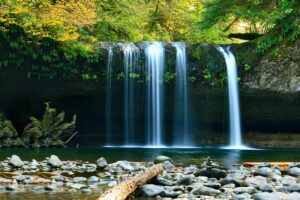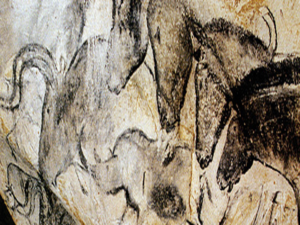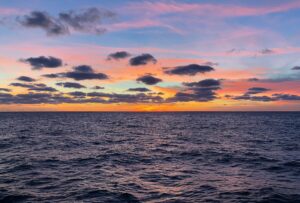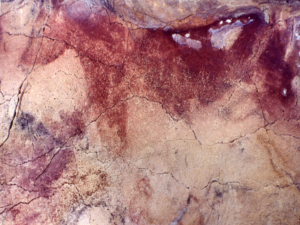Edgar Cayce mentioned Lemuria in 45 Readings but when he was asked for details he usually replied: ”If you want to learn about Mu or Lemuria consult Churchward .” Colonel James Churchward (1851-1936) was a British engineer who had studied at Oxford. As a soldier he was stationed in India where he became close friends with an elderly monk from a nearby temple. Eventually Churchward and the monk worked on deciphering sacred documents that had been carefully hidden for thousands of years in secret archives in a nearby temple. They were written in an ancient script called Nacaal which the elderly monk was able to decipher. The fragile documents described an ancient seafaring civilization in the Pacific Ocean. Churchward referred to the extensive civilization as the Motherland of Mu. He was so intrigued by what he read that he determined to learn more. The monk said other tablets about Mu were in Burma, India & Tibet.
Churchward spent most of the rest of his life researching and traveling; searching productively in monasteries in eastern Asia, on Pacific Islands, Central America, and in the southeastern United States. When Churchward needed money to finance his research and travels he came to this country and, using his engineering skills, invented MCV steel which was an extremely hard almost impenetrable alloy. He sold it to the U.S. government who used it for helmets during World War 1. The $1/4 million he earned enabled him to continue his research and travel and eventually write five books.The Lost Continent of Mu. Sacred Symbols of Mu. Cosmic Sources as They Were Taught in Mu. The Children of Mu. Second Book of the Cosmic Sources of Mu.
Churchward’s work offers confirmations of what Cayce said in his readings about Lemuria. For the books he published Churchward used info from hundreds of sources – inscriptions, ancient writings, legends etc., all before computers became available.







